Pinewood Studios - 75 Years
Last month was the 75-year anniversary of Pinewood Shepperton Studios, home to some of the most iconic films of all time including the James Bond and Harry Potter franchises, classics like “The Red Shoes” (1948) and “The Blue Lagoon” (1949), and sci-fi epic “Aliens” (1986). The celebrations took place during a highly unseasonable heatwave in October where the famous Rank Clock was unveiled to commemorate its landmark birthday.
The Beginning
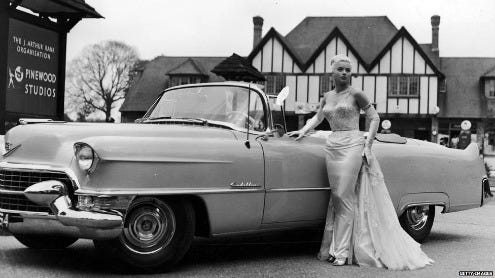
Pinewood today comes complete with a water tank and a helipad, but it didn’t exactly have modest beginnings. Way back in the mid 1930s, a Victorian mansion in the Buckinghamshire countryside named Heatherden Hall was bought by a builder tycoon from Sheffield, Charles Boot. This grand estate and its extensive grounds had Turkish baths, squash courts and a ballroom. Over the course of nine months, it was transformed into state-of-the-art movie studios. In the photo above, Diana Dors poses next to a Cadillac outside the original front entrance to Pinewood.
A New Movie Studio for British Cinema
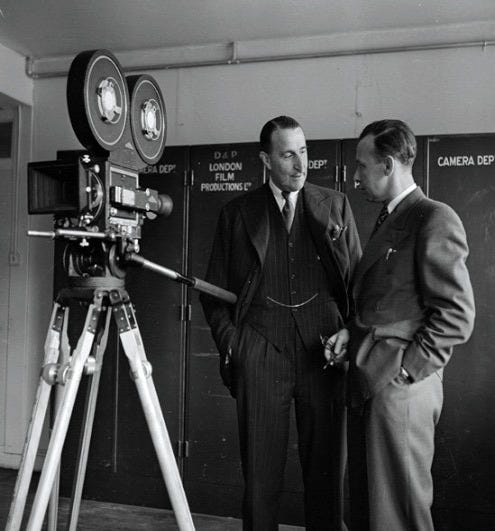
Boot made his dream possible by teaming up with flour-milling magnate J. Arthur Rank (head of the The Rank Group in years to come) and together they came up with what should make a movie studio. Rank is pictured here talking to Bert Easy, the head of Pinewood Studios' camera department. Luckily for Boot and Rank, this was a time when the "talkies" were becoming more and more popular and starting to become a regular for big feature films. Their studios were filled with the latest in film-production equipment and many different, highly adaptable spaces that a film director could use for his every vision. Producers were already lining up at the door, and most of the space was booked before Pinewood had its grand opening.
Post WWII
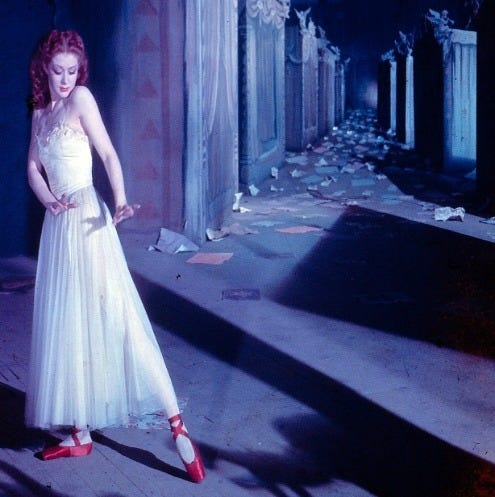
Unfortunately, the Second World War stopped any major film productions, and Pinewood was used by the RAF Film Unit and the Army Film & Photography Unit, among others, until 1947 when it reopened. An elite group of directors calling themselves the Independent Producers Ltd. got things off to a flying start with “Black Narcissus,” the full-colour epic “The Red Shoes," directed by Emeric Pressburger, and “Great Expectations,” directed by David Lean. Due to low labour costs and a wealth of British talent, American producers began to flock to Pinewood and they became a world leader in film production.
The 007 Stage
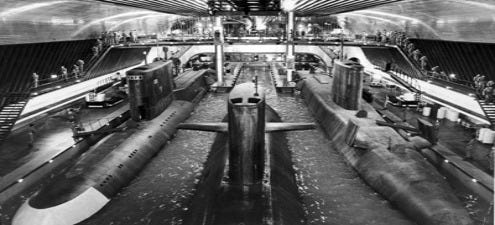
What really put Pinewood on the movie map was one of the biggest film franchises in history: James Bond. In 1962, “Dr No,” directed by Terence Young, was the first Bond movie filmed at Pinewood Studios. Then in 1976, for “The Spy Who Loved Me, ” the "Albert R. Broccoli 007 Stage," conceived by production designer Ken Adam, was constructed. It was the largest silent stage ever built and came complete with a 65-gallon water tank. The stage was even large enough to house the village of Godrick’s Hollow from the Harry Potter films and the fishing village in “Mamma Mia!” (2008). In 1984, during the filming of Ridley Scott’s “Legend,” the stage nearly burnt to the ground but luckily was rebuilt in time for “A View to a Kill” (1985). The latest Bond movie number 23 was originally planned to be shot in Eastern Europe because of the low production costs; however it has now been moved back to Pinewood.
Carry On Filming
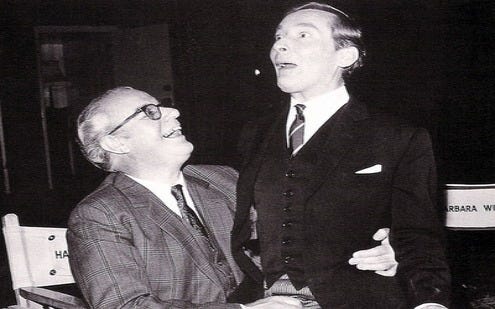
Before the big productions made more recently, Pinewood — headed by The Rank Organization in the 1950s — was mostly involved in smaller projects such as the "Carry On" film series and stiff-upper-lip British war films. Every so often, the studio did suffer from being old-fashioned and seemed to frequently struggle to make ends meet. On quite a few occasions, Pinewood found itself with empty studio space. However, it always seemed to reinvent itself at the last minute and, in the 1960s, began a big revamp to incorporate the latest film and TV production technology with new cutting rooms and enhanced production facilities.
The Future of Pinewood Shepperton
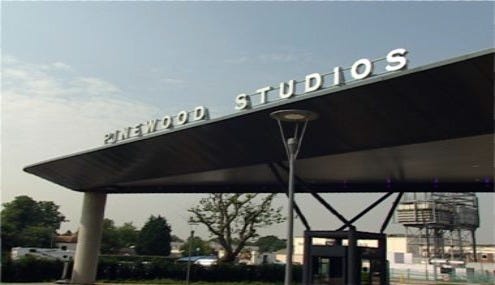
After many periods of making big blockbusters then frantically struggling to survive, relief came in near the millennium when history seemed to repeat itself as media bigwigs Michael Grade and Ivan Dunleavy bought Pinewood from The Rank Group. It was then merged with Shepperton Studios and has now diversified into TV, producing game shows and well-known British comedies such as “Bremner, Bird and Fortune." As increasingly expensive production costs threaten to drive out small- and medium-sized productions altogether, there is still some doubt as to the future of Pinewood (as the story about Bond 23 filming elsewhere will testify).


